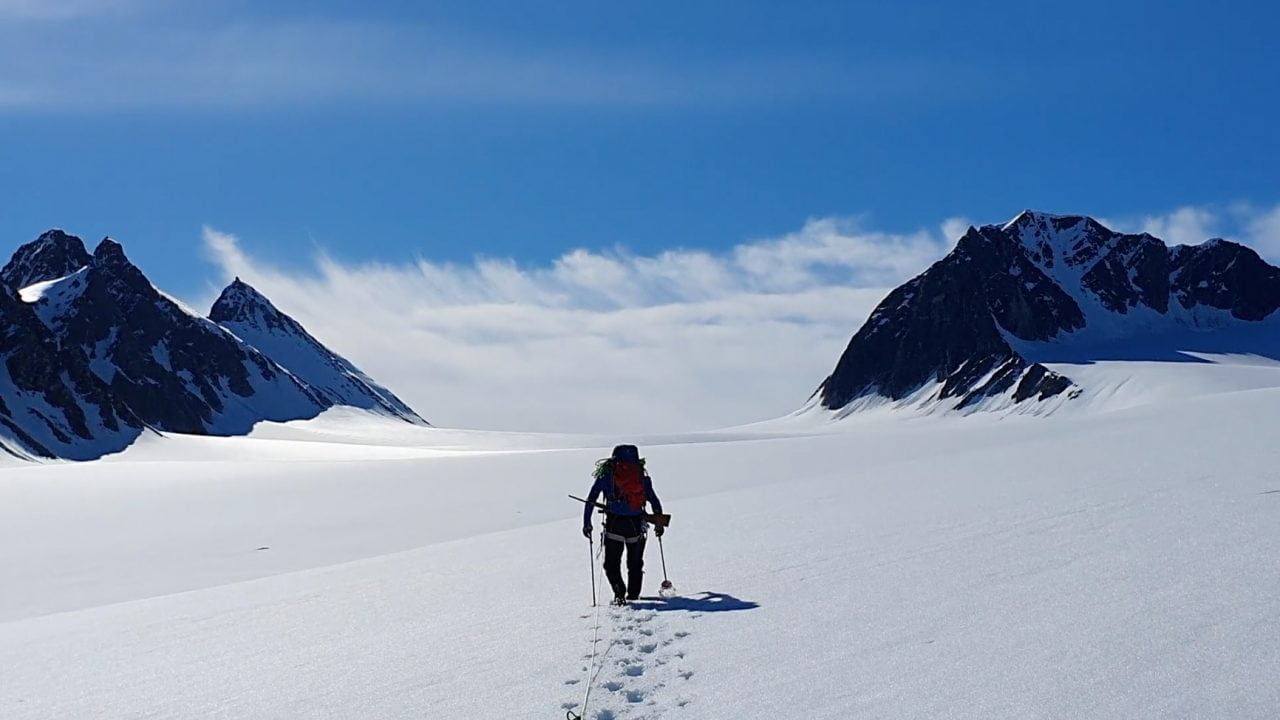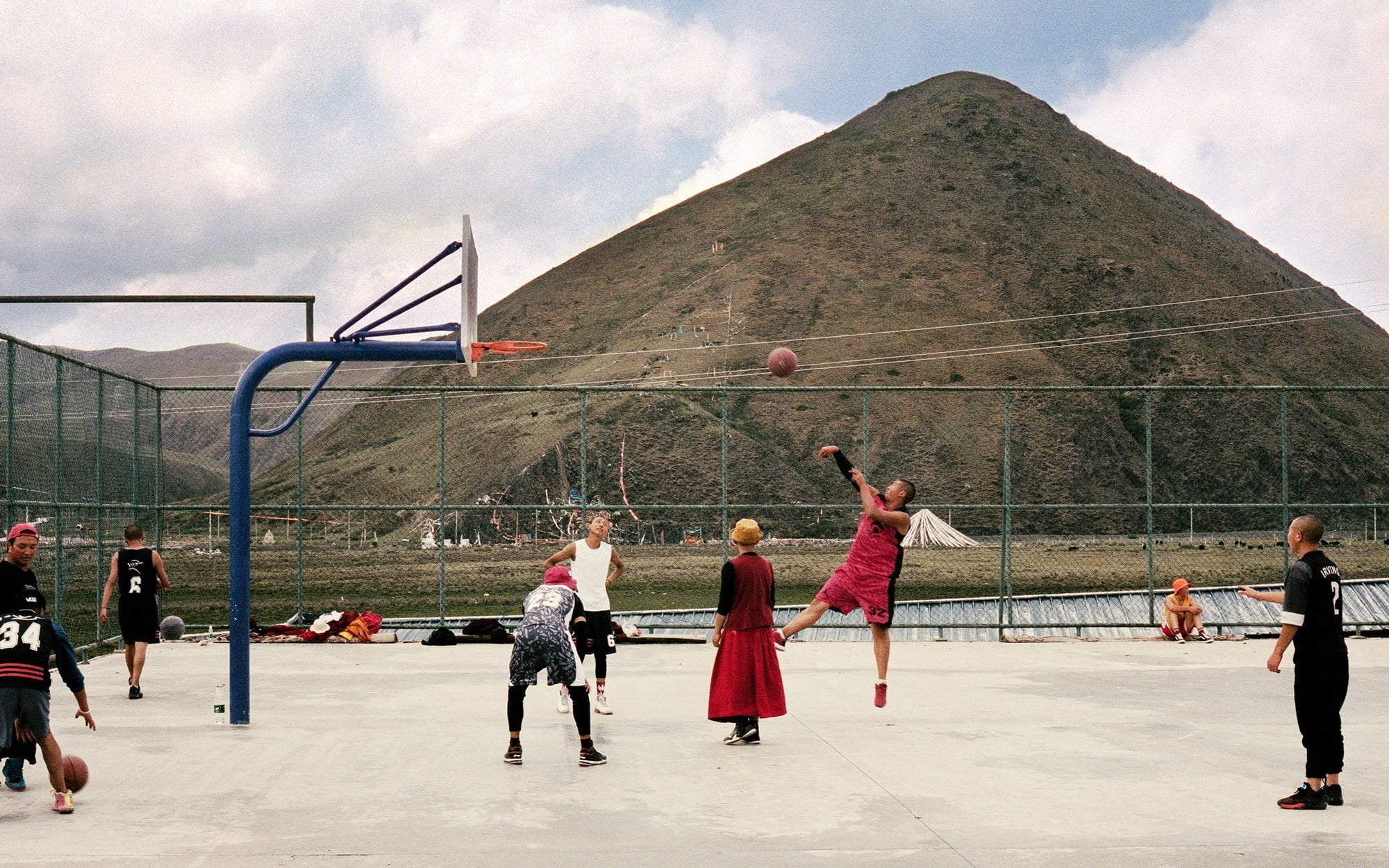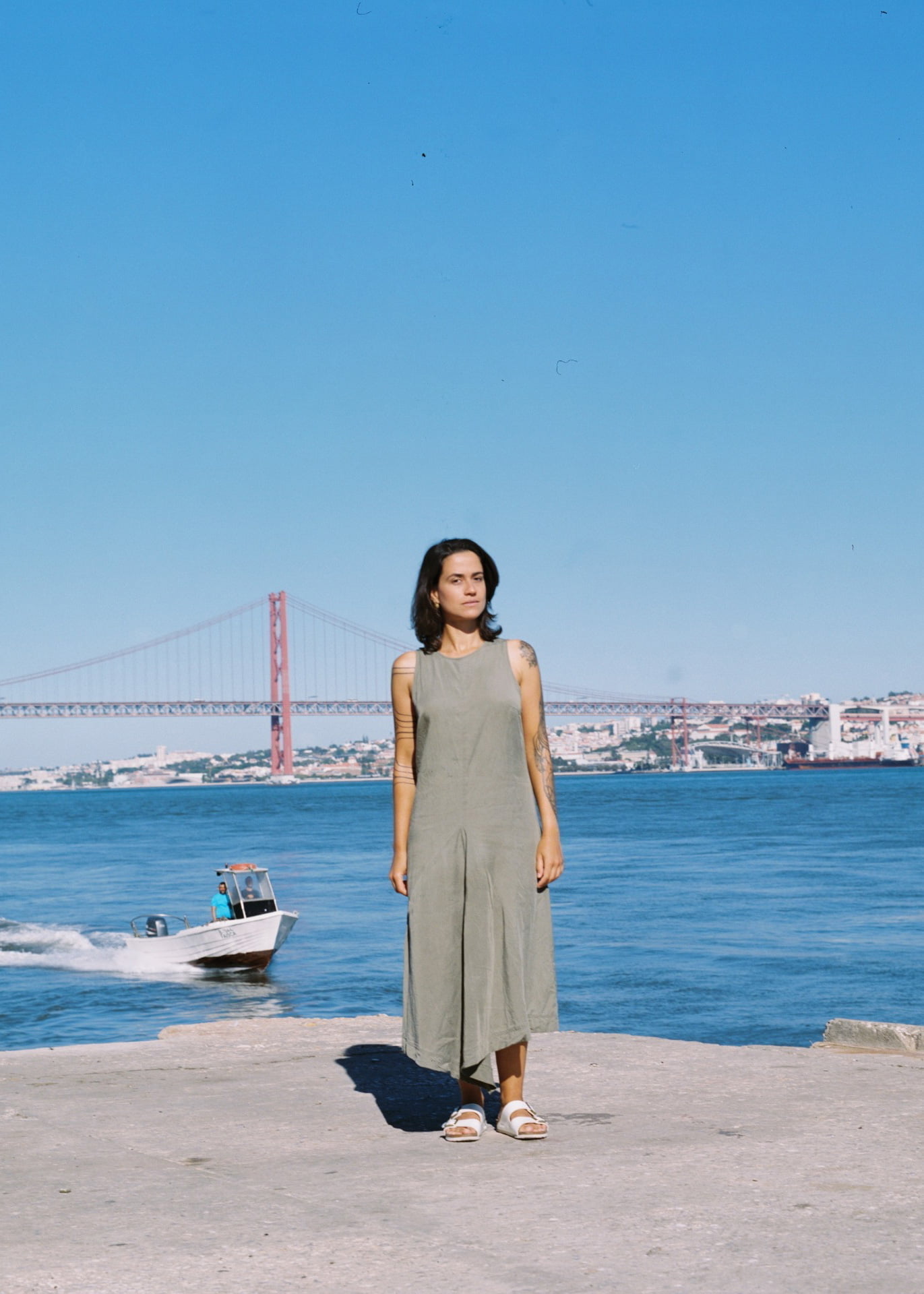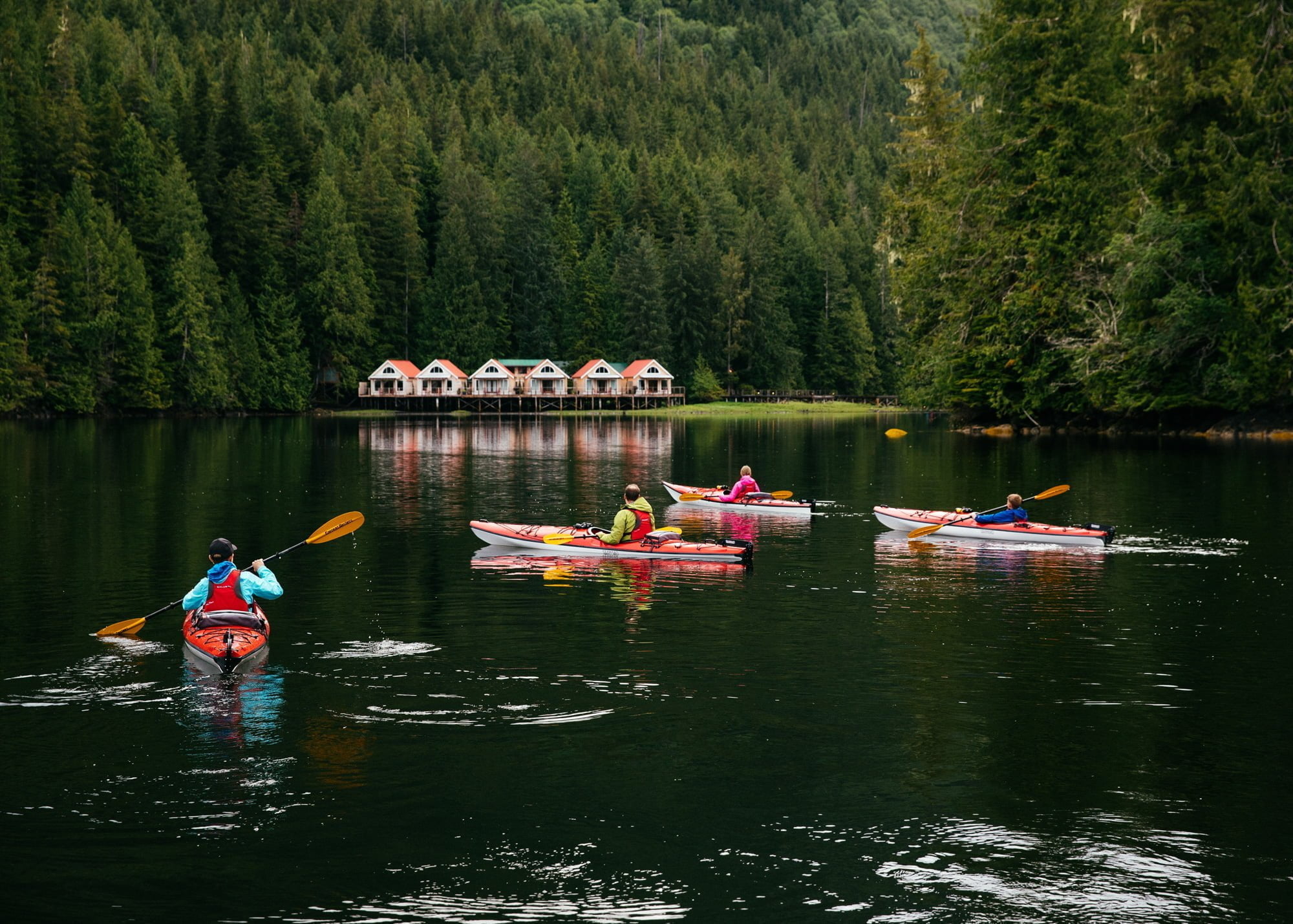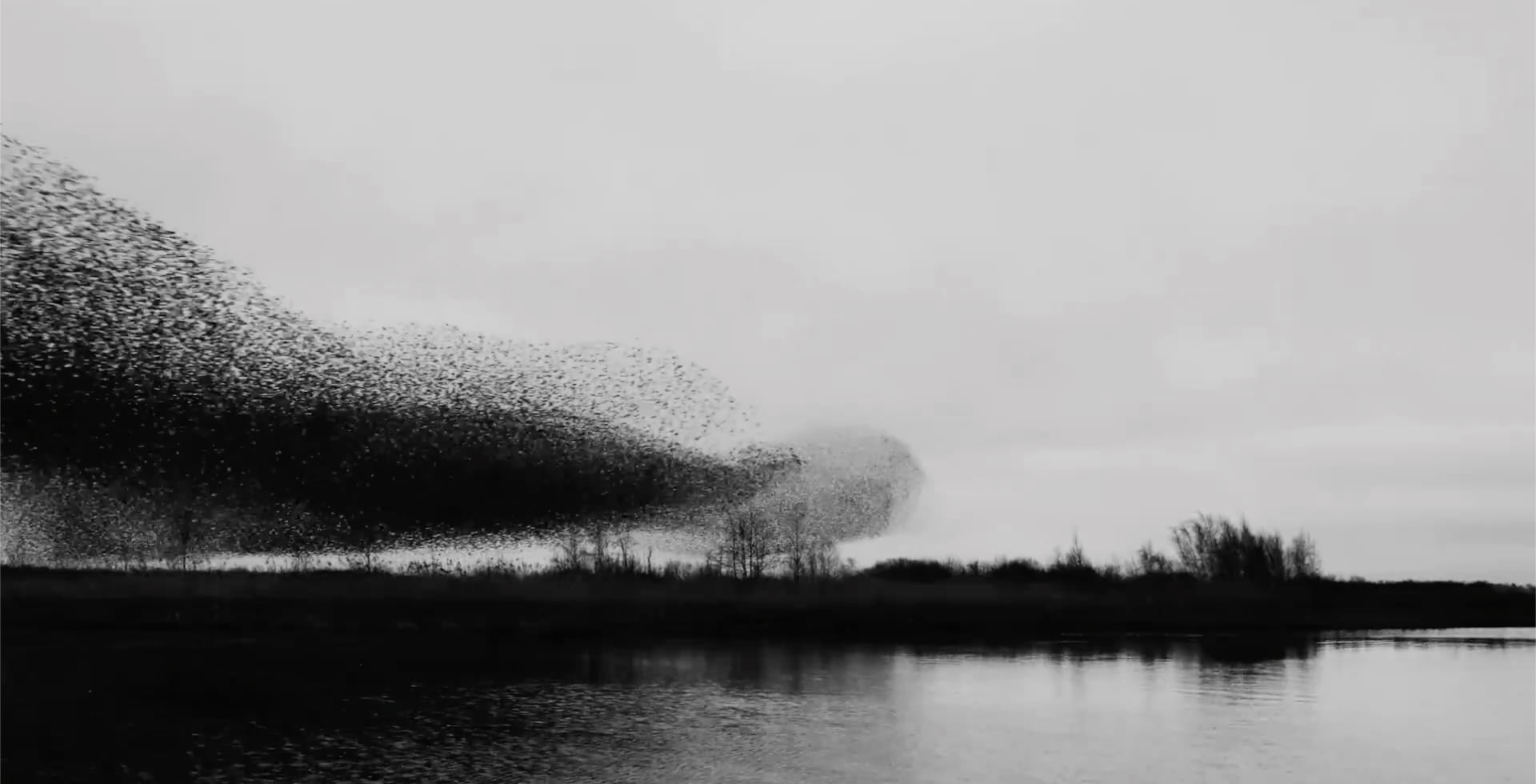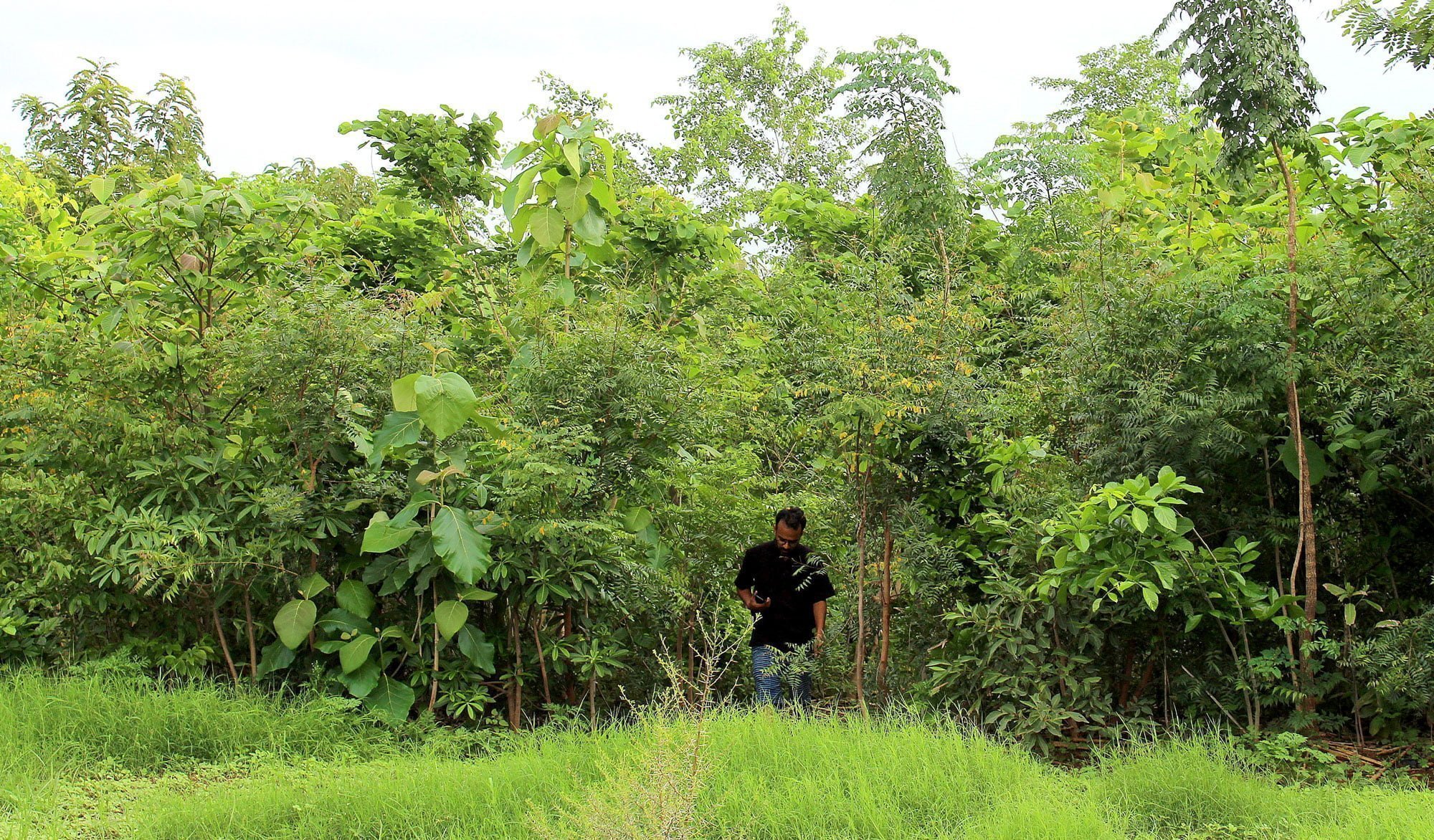With their six children and a sailboat, Dario and Sabine Schwörer have travelled the seven seas, educating people about nature and the changing climate, doing research and sharing examples of innovative solutions they encountered along the way. In a journey spanning over 20 years, they remain true to their set course: to preserve our planet.
Where are you now?
We’re spending the winter in Lyngseidet, Norway, inside the Arctic Circle. We’re expecting the sun to come back in about a month.
What made you decide to travel the world in a sailboat?
I was working as a mountain guide in Switzerland and I came to a point when I realised that the glaciers that made up my ‘office’ were melting away. I had to do something. Together with my wife Sabine, we decided to commit four years of our lives to raising awareness about the environment.
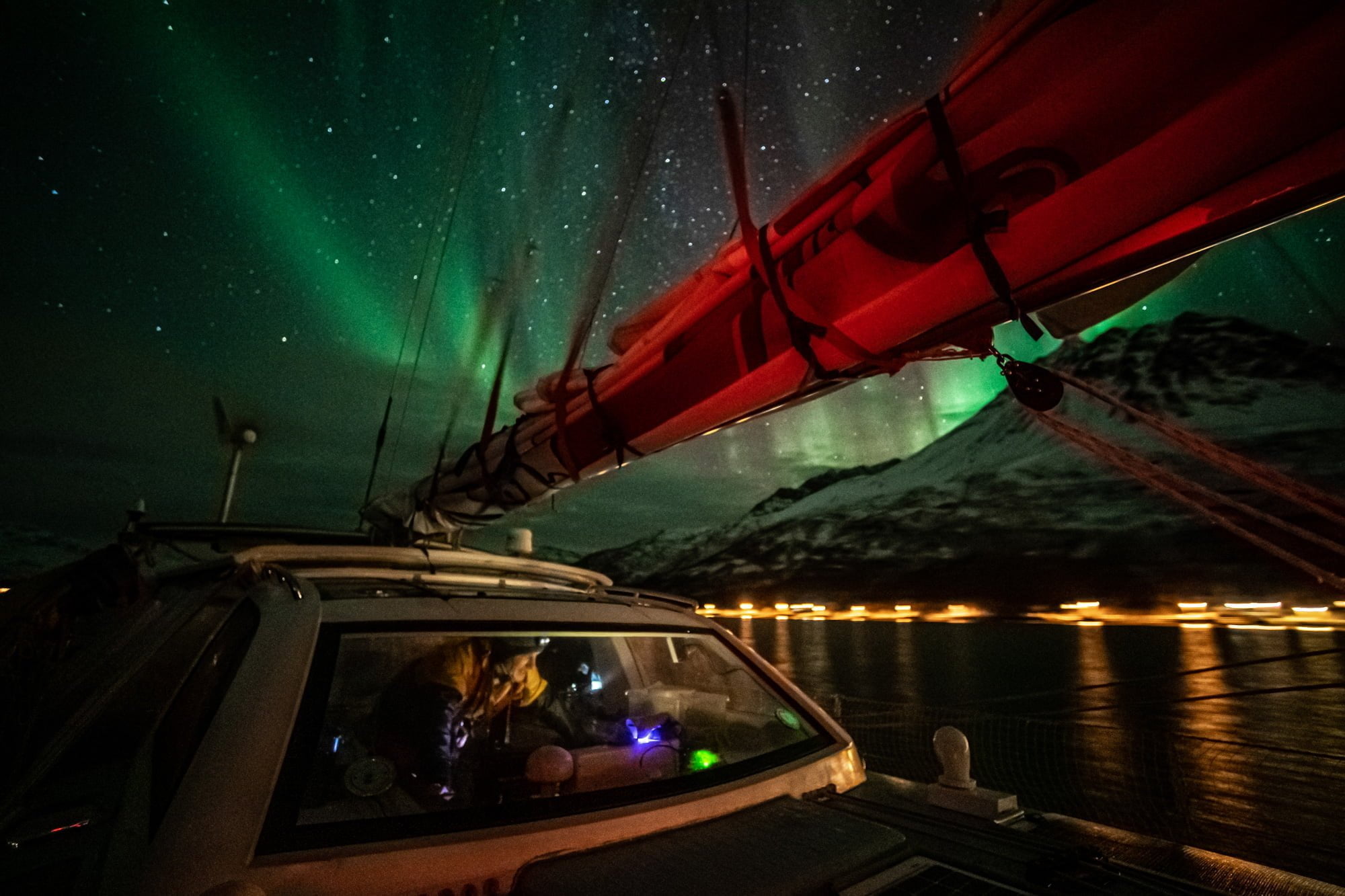
Nature at its most mesmerising – the Northern lights dancing in the Arctic night. Photo: Florian Ledoux
Our idea was to use just human power and nature’s force to cross the seven seas, and climb seven summits – the highest peak on every continent – connecting the climate zones and collecting and sharing examples of inspiring climate solutions. After those four years were up, we just had to keep going. For us it’s so important to show that great achievements can be done in harmony with nature.
I’m also a climatologist and we work with universities, testing renewable technologies, taking samples and supporting scientists in their research.
You’ve visited schools around the globe, speaking to 150,000 children in total – why do you find this so important?
Focusing on kids and talking to them about solutions is the best investment you can make for the future because they will be the decision-makers that shape our planet.
“Once we spent a week cycling inland from our boat to talk to 12 children in the Sahara. Then we spent a week cycling back”
Dario Schwörer
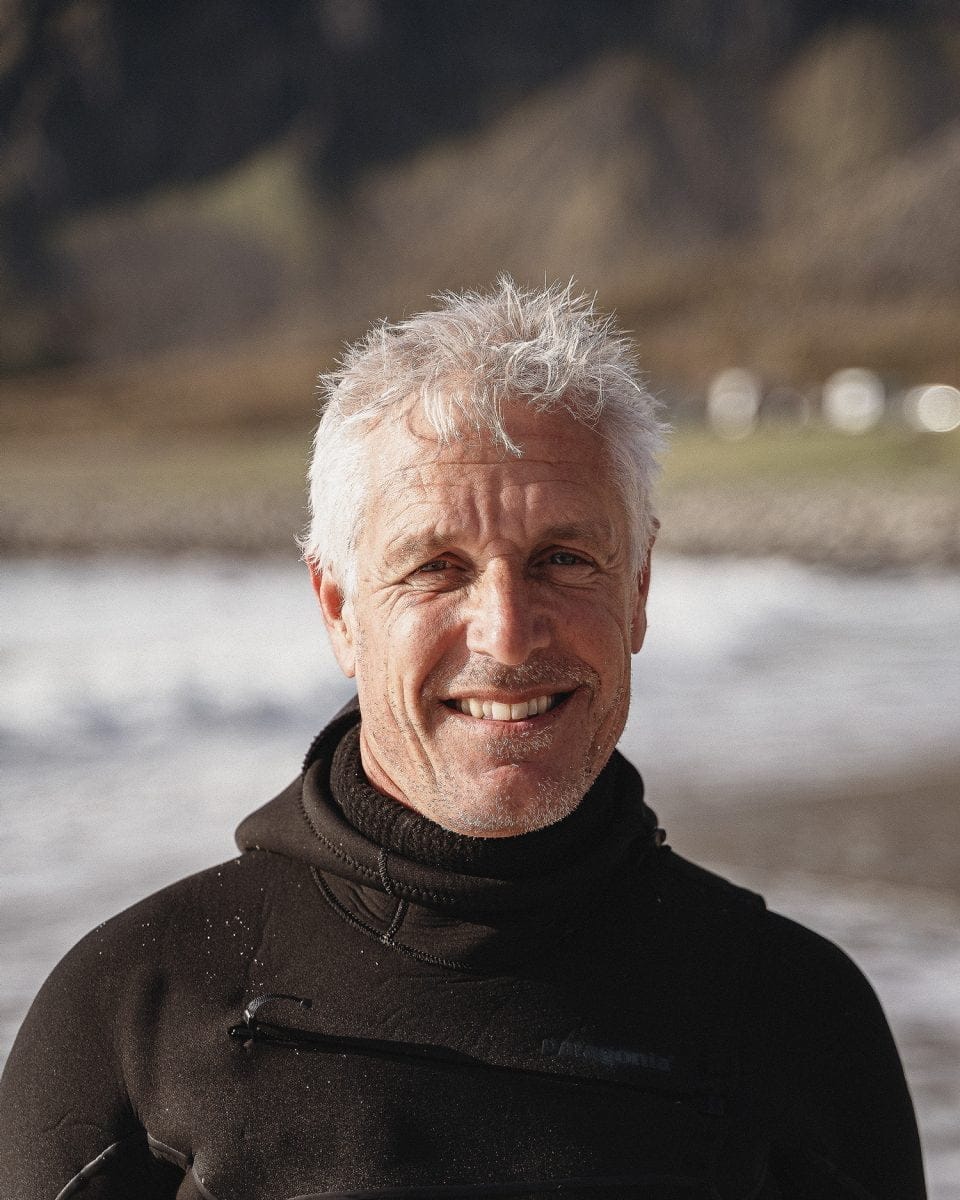
It’s the reason we’ve been travelling for so long – we are committed to visiting as many schools as possible. We always ask children to make drawings of their own climate solutions – they come up with the most fantastic ideas.
For us it was always important not just to go to the bigger places. Once in North Africa, we spent a week cycling inland from our boat to talk to 12 children in the Sahara. And then we spent a week cycling back.
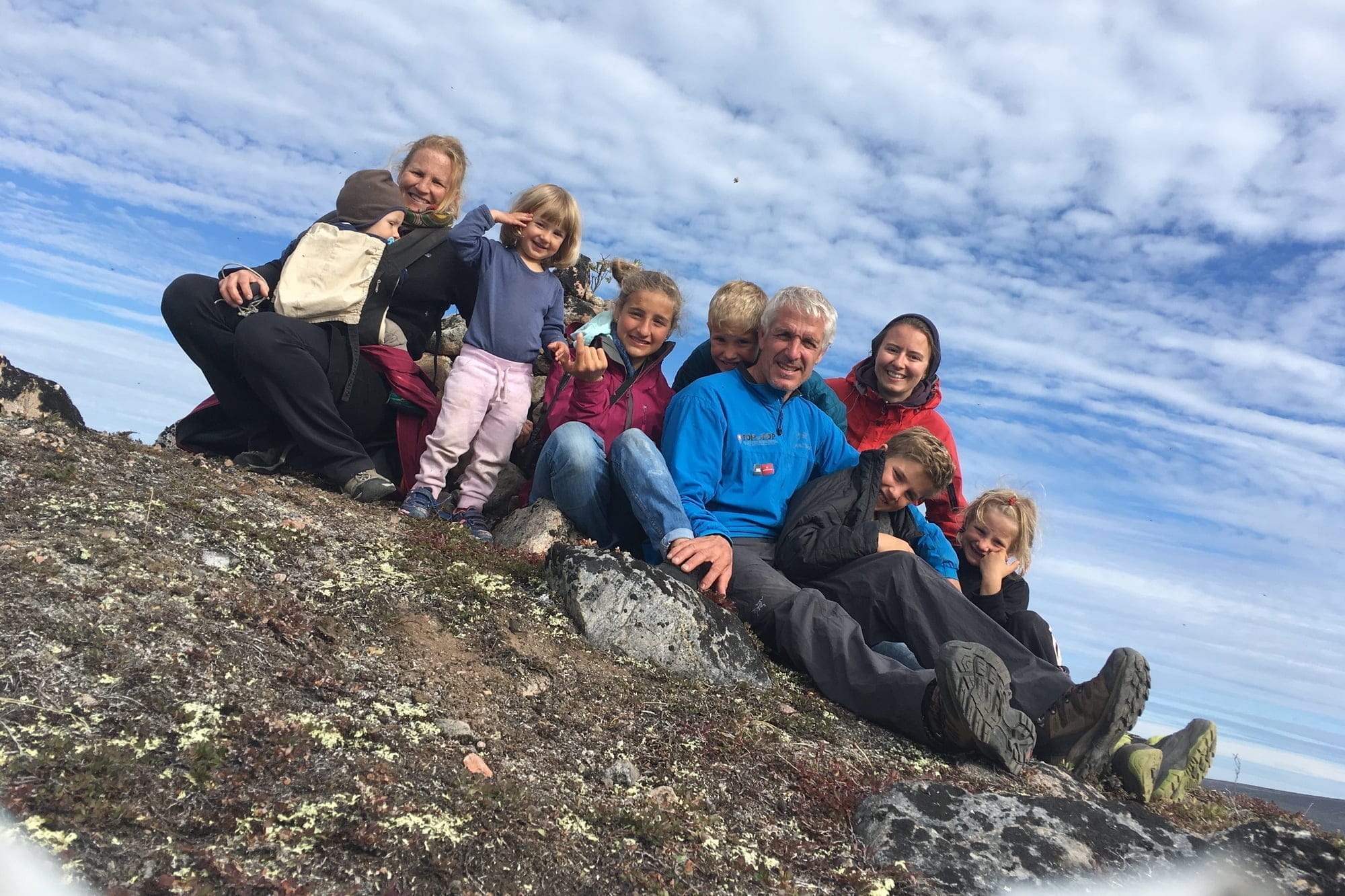
What do you notice in your own children – how is growing up on the world’s waves shaping them?
We have six children aged 4 to 16, and we’re outside most of the time. Our roof is the sky and the horizon, our walls.
Our children can see what’s happening by the flight of an albatross or wave patterns in the water. The best medicine to save this planet is to go outside and be in nature.You can’t replace the experience of nature by watching National Geographic or Animal Planet – you have to go out there and feel the snow in your face, or the water around you when you’re swimming. Then you will always fight for a clean ocean.
“We saw a polar bear swimming out in the ocean far away from any pack ice and tried to save it with our dinghy”
Now the kids are also doing presentations for their peers. When our 10-year-old, Allegra, tells stories about what she’s seen, like the time we saw a polar bear swimming out in the ocean far away from any pack ice, and how we tried to save it with our dinghy, that’s so much more interesting for kids than if I would tell them.
Which sustainable solutions have you seen on your journeys?
I remember in Vanuatu, I asked a woman how she keeps food fresh in a warm climate, without any electricity. “That’s my fridge,” she said, pointing to a clay pot. It had a double layer. You pour water in and when it evaporates, the inside stays cool. It’s basic physics. We have come across thousands of these fantastic examples, also in indigenous communities, but the rest of the world doesn’t know about them. For me the most inspiring solutions are the small things people do. When you share those stories, the impact can be huge because people can adopt them without needing a lot of money or high tech.
22 years on the ocean in numbers
Distance sailed: 120,000 nautical miles
Mountains climbed: 600,000 vertical metres, including:
Mt. Blanc, France; Mt Aconcagua, Argentina; Mt. Everest, Nepal; Mt. Kilimanjaro, Tanzania; Mt. Kosciuszko, Australia; Mt. Denali, Alaska
Next peak: Mt. Vinson 5,140m, Antarctica
Distance cycled: 25,000km
Garbage collected in clean-ups: 65 tonnes

Studying micro plastic. Photo: Florian Ledoux

Data collected by the family in the field is shared with international universities and research institutes. Photo: Florian Ledoux
How have you seen climate change affecting people’s lives?
The speed of warming now is something we’ve never seen before and that’s really challenging. We’ve worked with native teenagers in East Greenland and Northern Canada. They are losing their existence, their hunting grounds. The ice is melting too early, and freezing too late.
These people are already feeling the effects today, but they’re not responsible for it. People like the Polynesians in the Pacific and the Kuna people of the San Blas islands, off the coast of Panama. They have nearly a zero carbon footprint. They don’t even have outboard motors, they go fishing with just sails. They have already had to move to islands that are still above sea level. This kind of unfairness needs more global solidarity. We’re all in one boat and we in rich nations can’t leave these people, who are really impacted now, behind. We must support them.
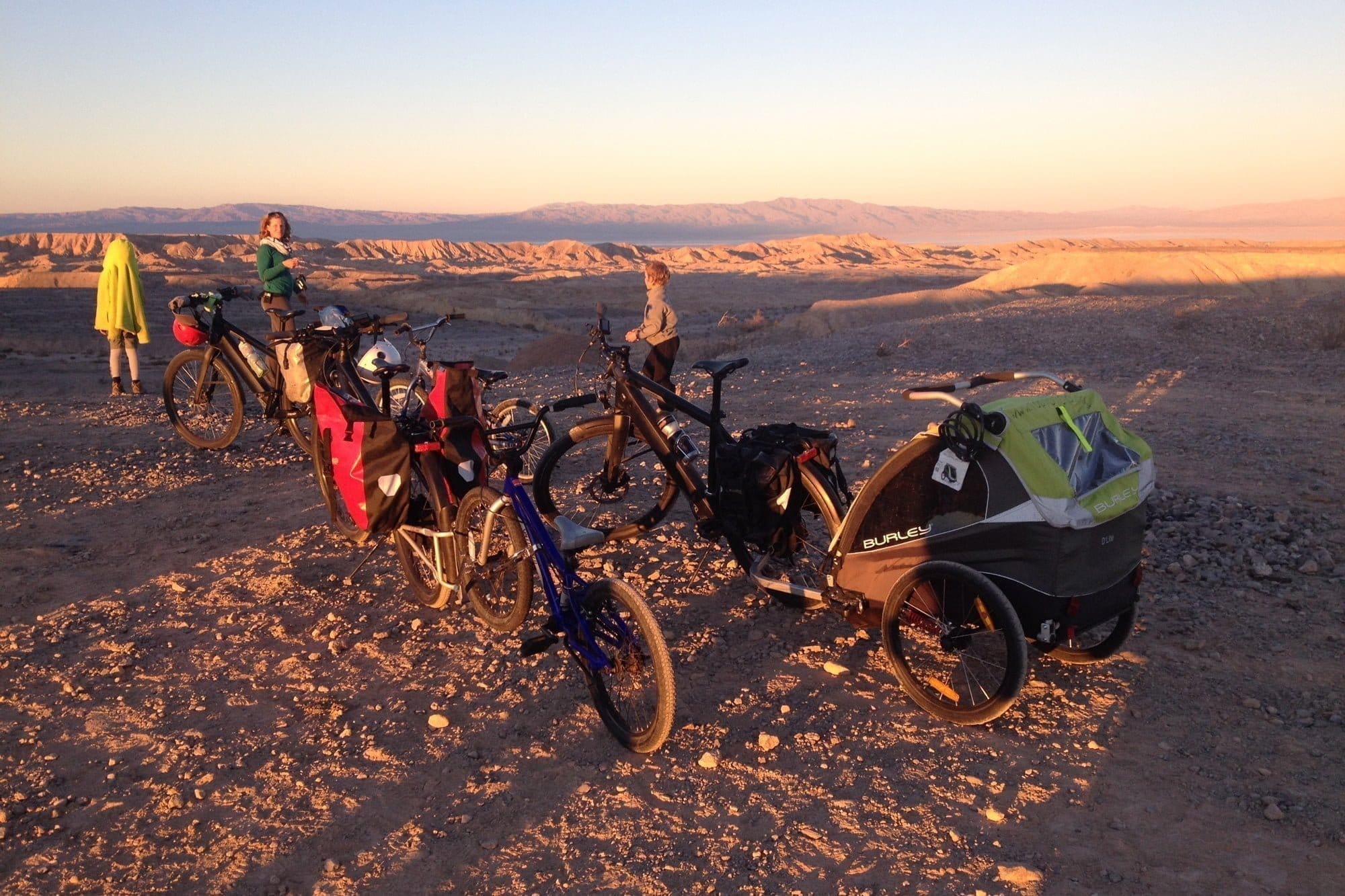
No destination is too remote for this travelling family.
What is your most memorable experience?
When we were in the Galapagos in 2003 or 2004, we rescued a sea lion that was tangled in a fishing net. Once free, it jumped onto the back of our boat and soon we became best friends. We called him Hans and we grew really close in the four months we spent there. Then, when we had to sail away towards Antarctica, Hans swam after our boat for six hours, until it got dark and we lost him.
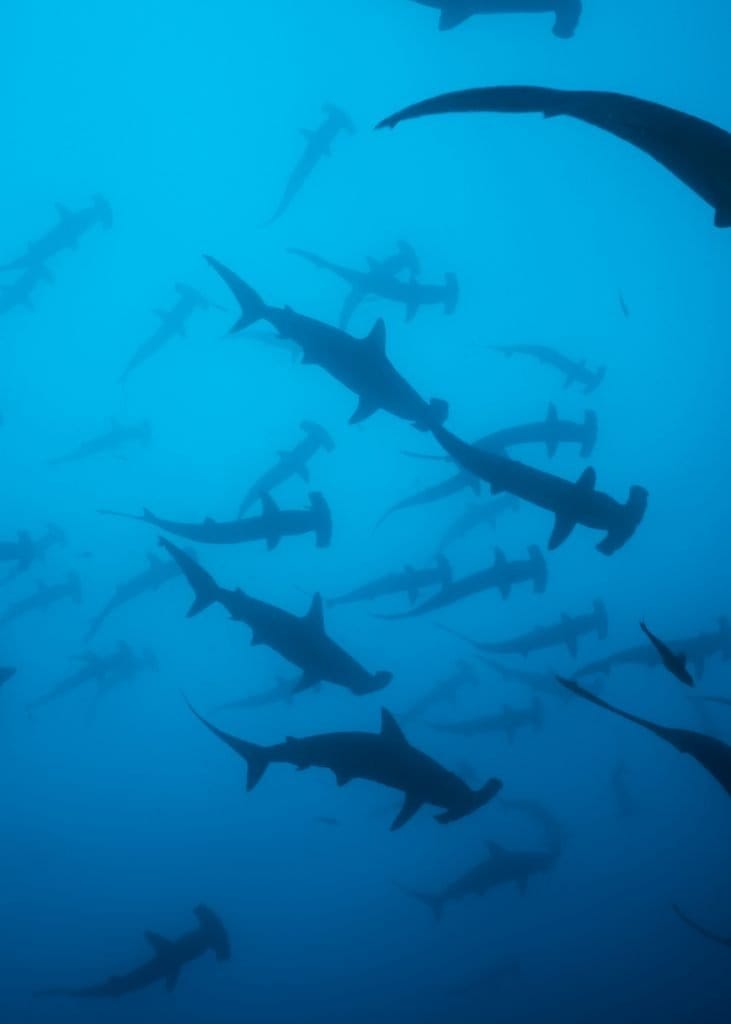
Hammerhead sharks in the wild.
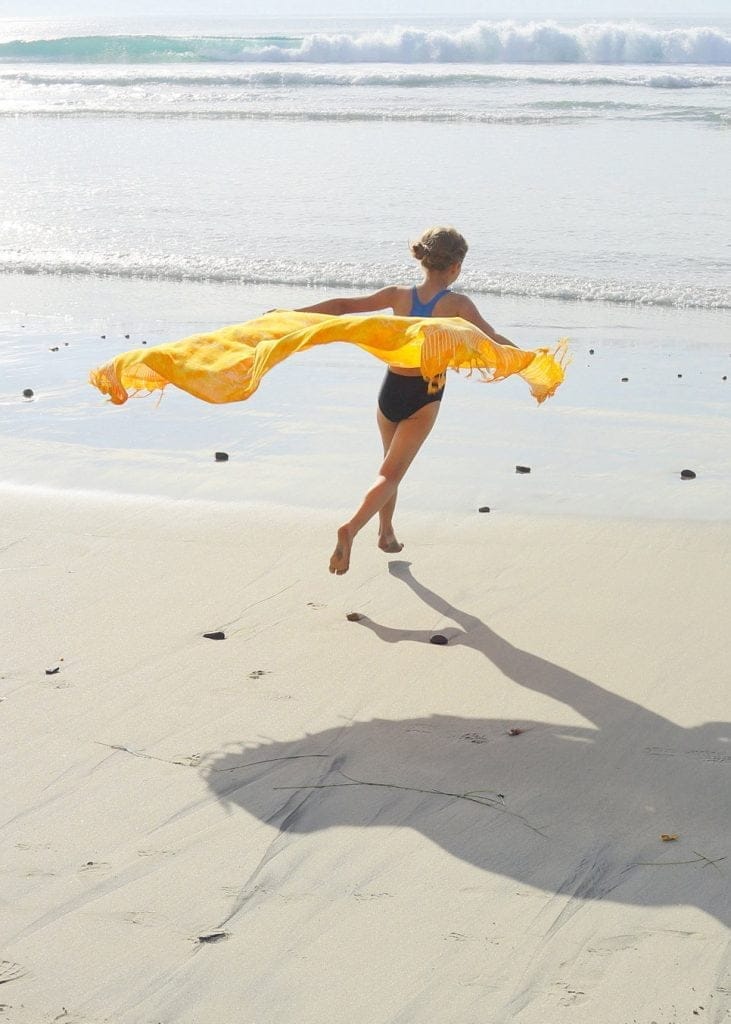
One of the children wants to become a marine biologist.
Nine years later, we came back to the Galapagos and anchored at the same spot again, off Isabela Island. Soon we saw a sea lion going wild, swimming around, circling our boat. It was Hans! You can always come back to your friends.
“The treasure you carry with you and keep in your heart forever are not so much the places – it’s the people you meet”
What have you learned in your travels?
The treasure you carry with you and keep in your heart forever are not so much the places – it’s the people you meet, the friendships you make. It’s not important to have photos of the Sydney Opera House or the Eiffel Tower, or whatever. What’s really valuable is when you meet people and share experiences with them. An experience can happen anywhere.
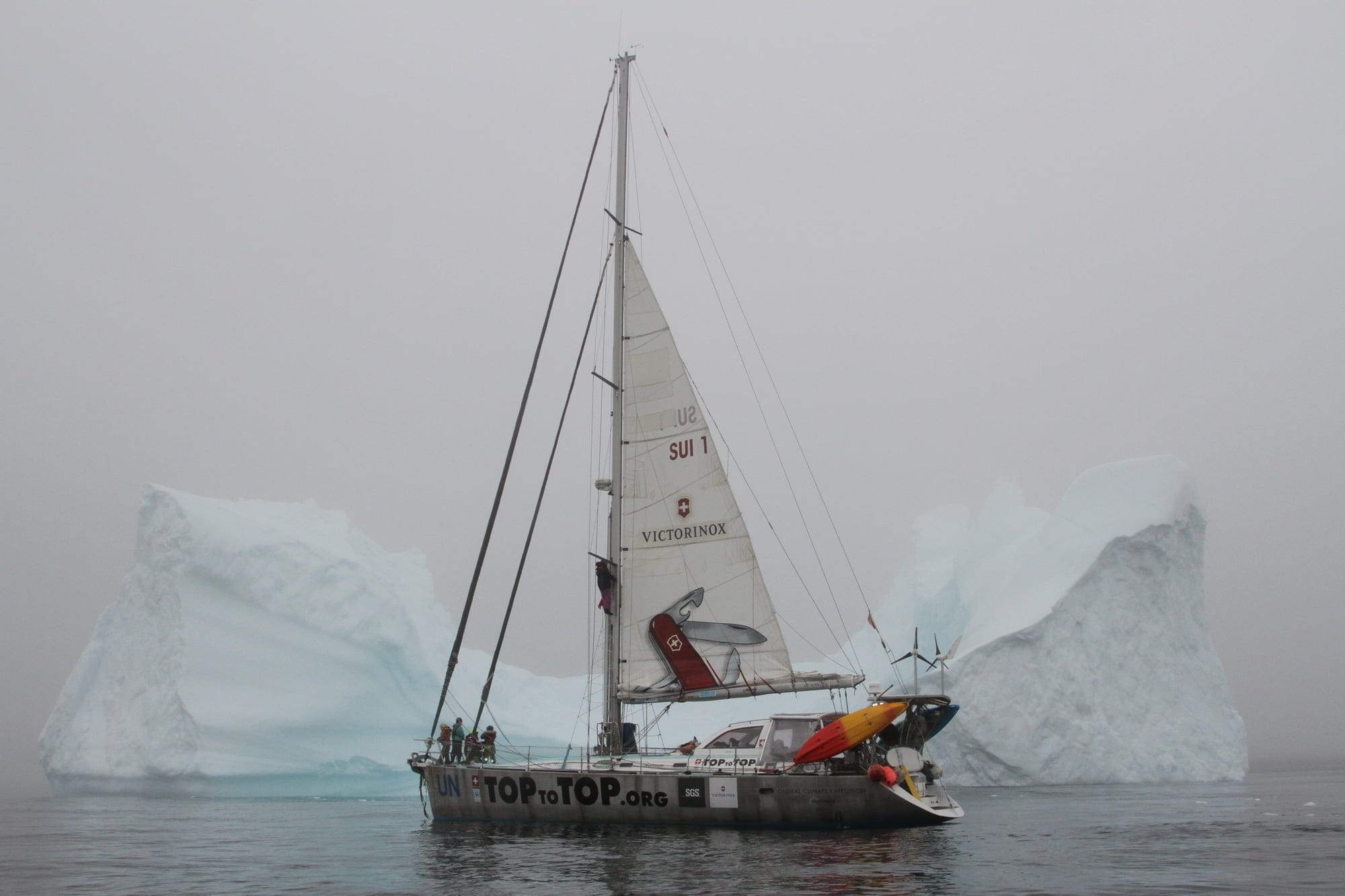
Sailing in the Arctic isn’t always as tranquil as this.
When you travel, the slower the better. Sailing on our boat, we see so many whales and dolphins. As soon as you speed up you miss out on so much. In Australia, we saw a lot of people try and go everywhere in two weeks: but then you might as well stay home and see it all on TV. Just go to one place, maybe somewhere in the outback and spend time there, with the people. That’s when you learn about another culture. You can become friends.
Also, you become more flexible – you always have to improvise and I think that’s the toolbox we need to face the changes in the future. You have to be a little patient and take small steps in the right direction. When your compass is right, you’ll get there.
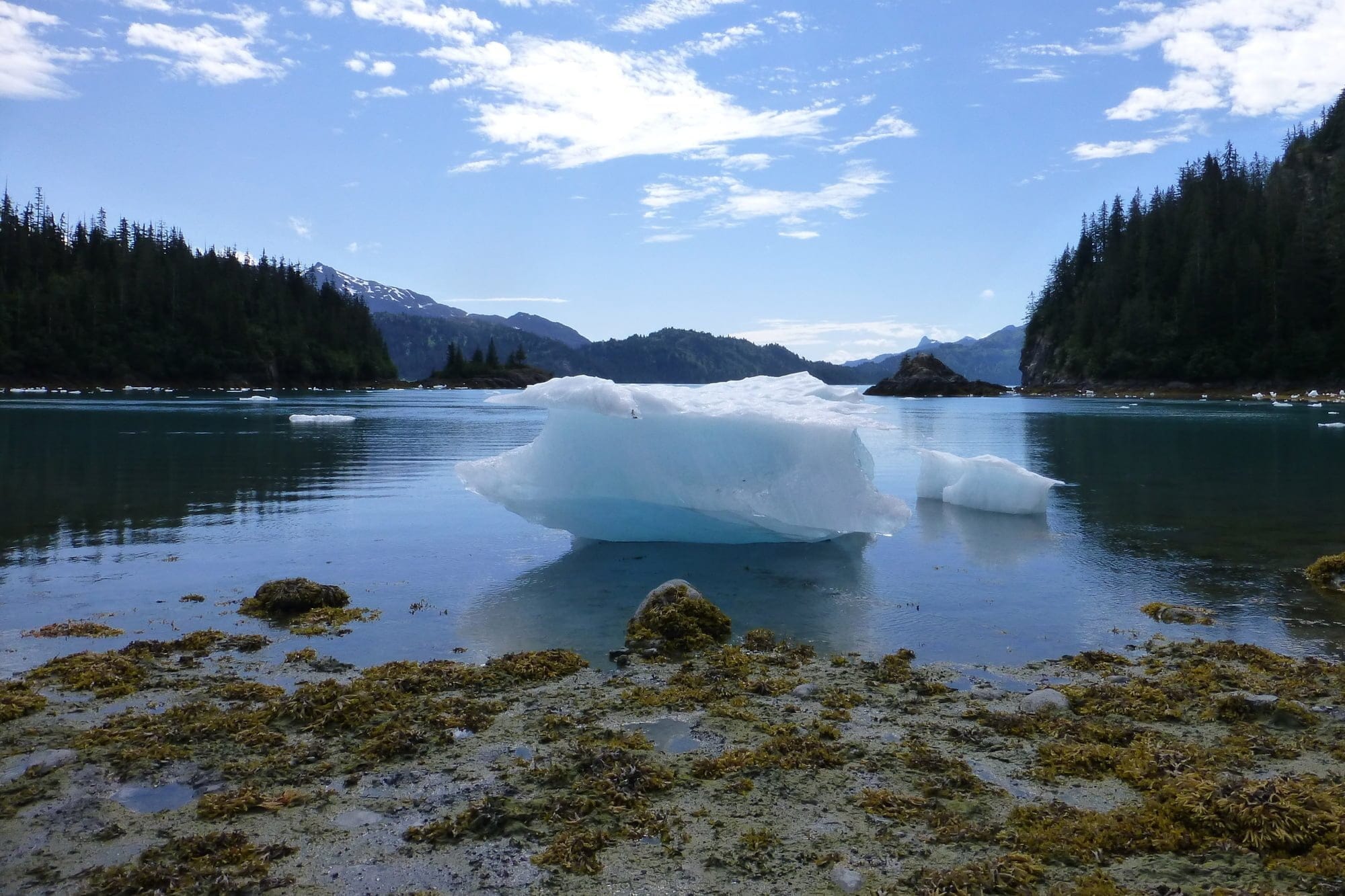

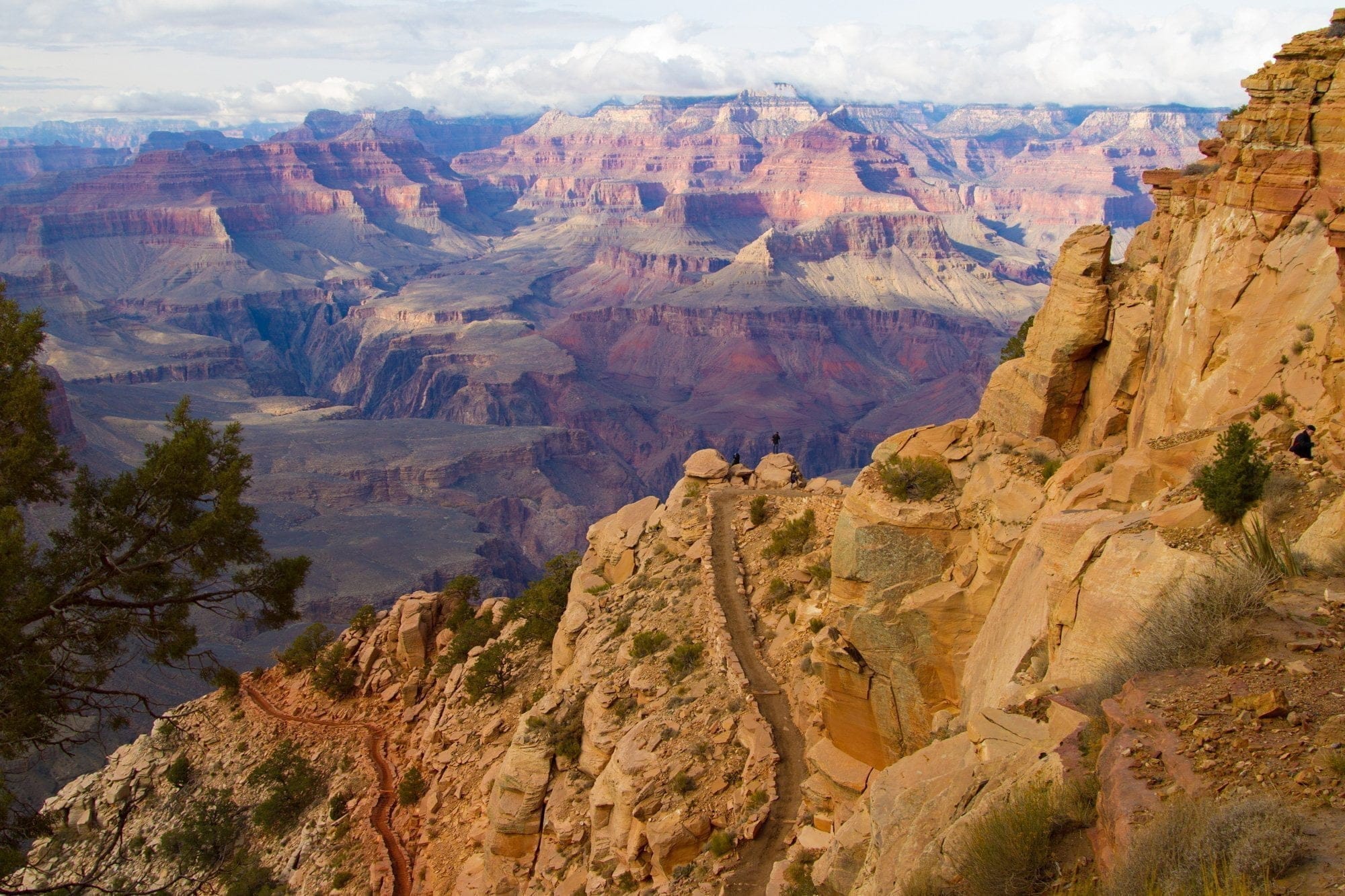
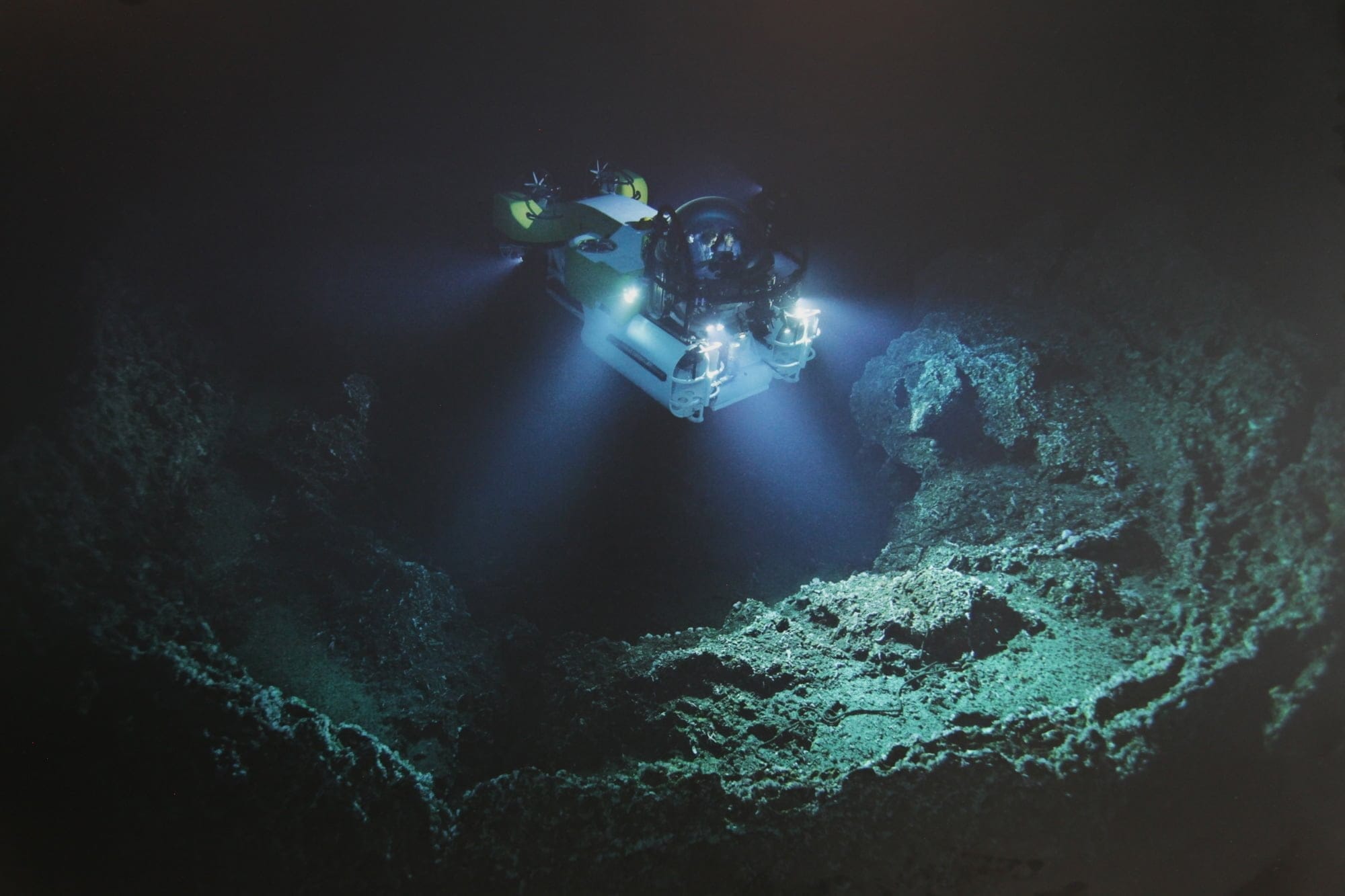
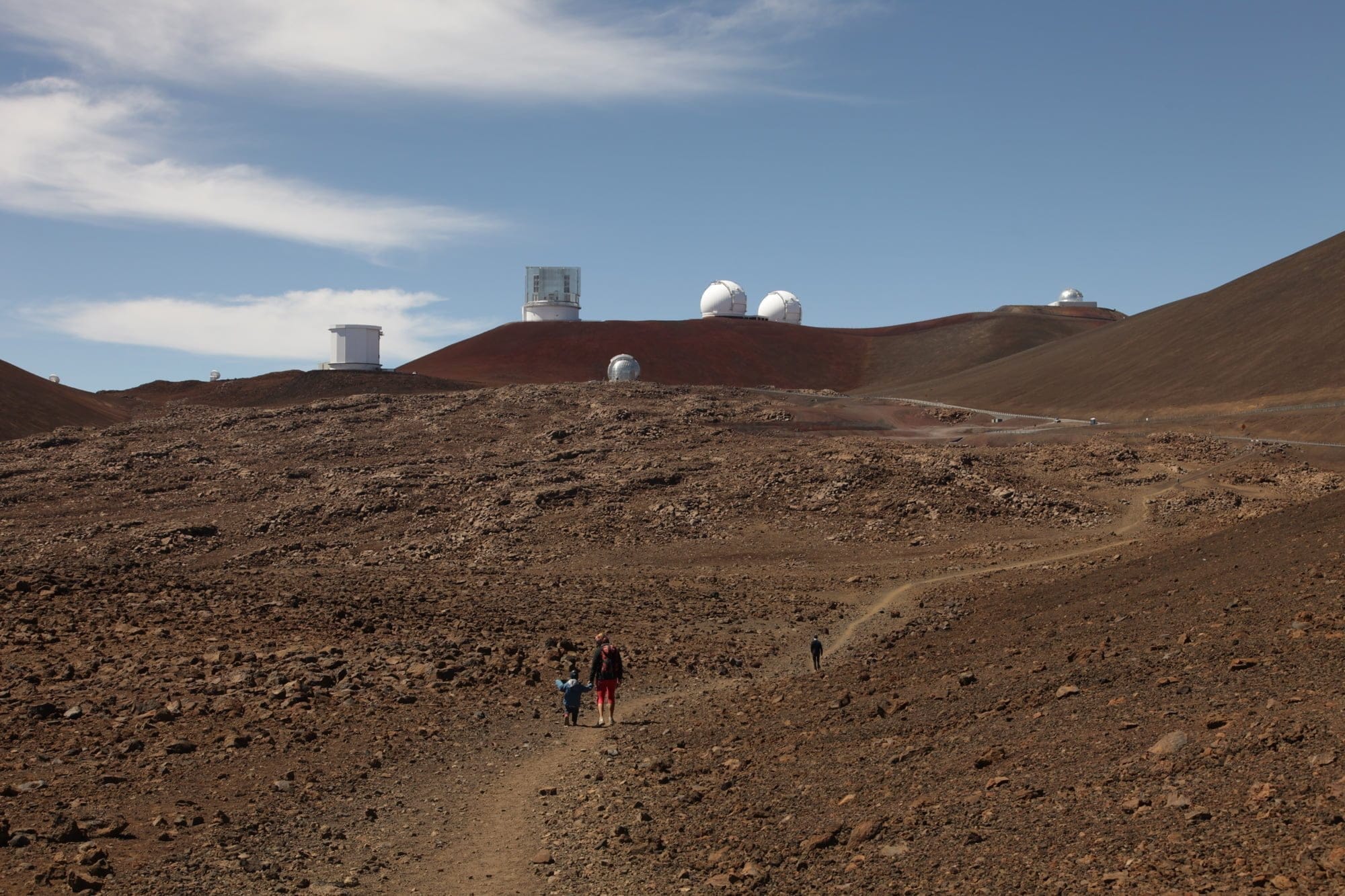
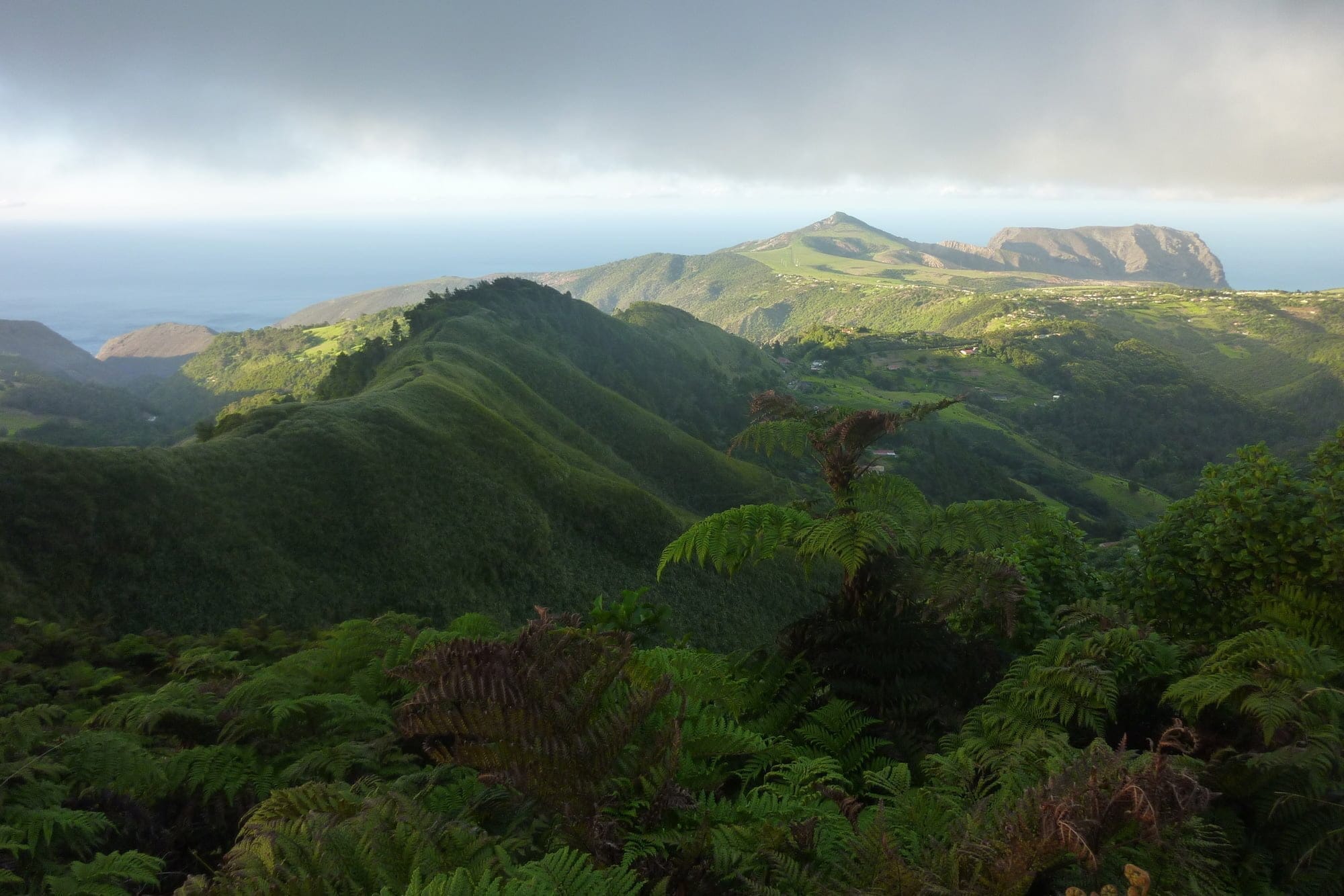






Explore more
Follow Top to Top on their travels, find out about their research or support their education activities here.
Visit the website
